Here a blight, There a blight, Everywhere a blight, blight.
cukesalad
12 years ago
Related Stories

FUN HOUZZDecorated Houses Help Save a Detroit Neighborhood
Art's a start for an inner-city community working to stave off urban blight and kindle a renaissance
Full Story
HEALTHY HOMESleep Happier and Healthier in a Toxin-Free Bedroom
Light pollution, toxic bedding, wallpaper that off-gases ... if you're not getting good sleep, these bedroom blights might be to blame
Full Story
LANDSCAPE DESIGNBoxwood Alternatives Bring the Chelsea Flower Show to You
Don’t let box blight limit your plans to borrow garden design ideas from the renowned British event
Full Story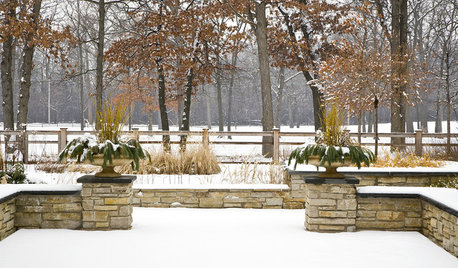
CONTAINER GARDENS5 Important Winter Tasks to Keep Container Gardens in Shape
Prevent cracked pots, blight spread and withered plants come spring by focusing on this essential maintenance now
Full Story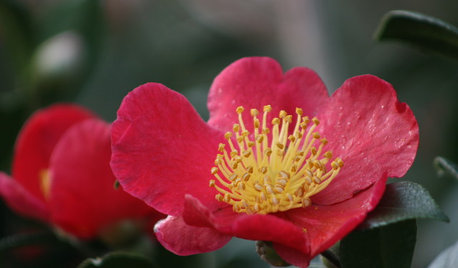
WINTER GARDENINGYes, You Can Enjoy Your Yard in December! Here's How
Garden writers around the U.S. share their favorite winter garden joys. See what to do in your region this month
Full Story
COOL-SEASON CROPSCool-Season Vegetables: How to Grow Potatoes
This ever-popular tuber is a stalwart in spring and fall gardens and a staple in kitchens everywhere
Full Story
KITCHEN DESIGNKitchen of the Week: Chestnut and an Open Fire in Connecticut
Antique chestnut boards give a kitchen with a wood-burning oven vintage flair, balancing its modern amenities
Full Story
GARDENING GUIDESBackyard Birds: Invite Entertaining Hummingbirds Into Your Garden
Hummingbirds — unique to the Americas — zip through open landscapes seasonally or year-round. Here’s how to attract them
Full Story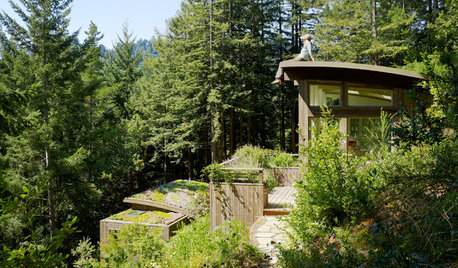
REMODELING GUIDESLiving Roofs Crown Green Design
Living roofs save energy, improve air, water, curb appeal — and the view from above doesn't hurt either
Full Story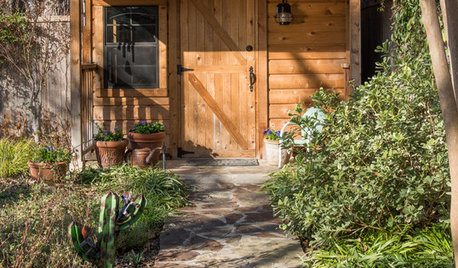
KIDS’ SPACESRoom of the Day: Playhouse Becomes a Favorite Spot for Grandchildren
Faced with tearing down her toolshed, this homeowner saw the chance to make a special place for some of her favorite people
Full Story





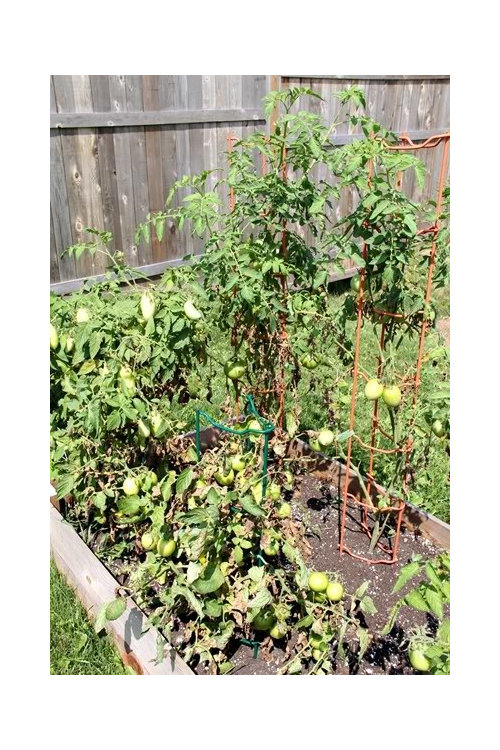
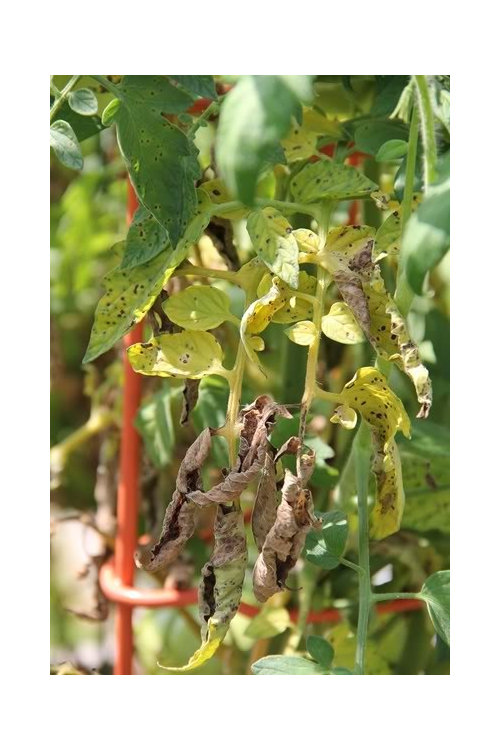
cukesaladOriginal Author
tsugajunkie z5 SE WI ♱
Related Professionals
Carson Landscape Architects & Landscape Designers · Fillmore Landscape Architects & Landscape Designers · Rossville Landscape Architects & Landscape Designers · Tomball Landscape Architects & Landscape Designers · Brooklyn Center Landscape Architects & Landscape Designers · Middletown Landscape Contractors · Westwood Landscape Contractors · Gresham Landscape Contractors · Lemoore Landscape Contractors · Ridgewood Landscape Contractors · Tigard Landscape Contractors · Crowley Landscape Contractors · Channahon Carpenters · Hayward Carpenters · Woodstock CarpenterscukesaladOriginal Author
franked1
wirosarian_z4b_WI
cukesaladOriginal Author
BigDan1
woost2